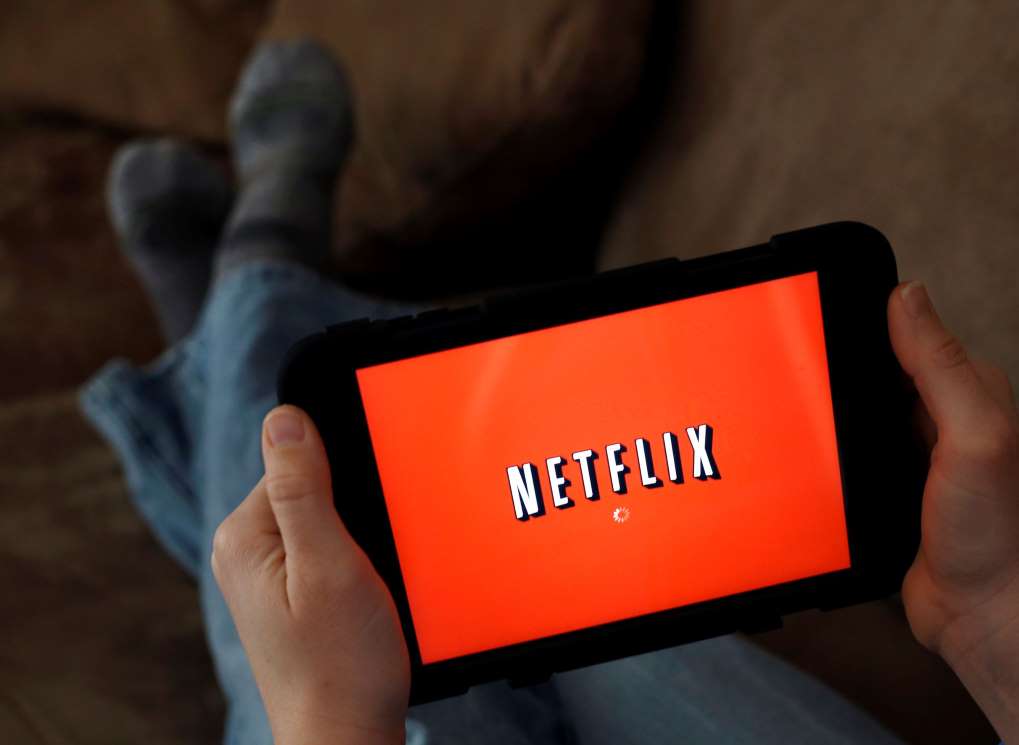December 17, 2016
From the looks of it, 2017 will be a pretty amazing year for technology. Every day, consumers are already talking about virtual reality, self-driving cars, and a limitless menu of on-demand services. “The future” really has arrived.

December 17, 2016
From the looks of it, 2017 will be a pretty amazing year for technology. Every day, consumers are already talking about virtual reality, self-driving cars, and a limitless menu of on-demand services. “The future” really has arrived.

But even as digital tech gets more streamlined and powerful, some glitches keep popping up. Just when we think we have superhuman control of our lives, a device fails to work, and we have no clue how to fix it. Suddenly, we’re as powerless as a kitten with a TV remote.
Before you call an expert, you may find a simple solution or at least a method you can use on your own. Here are five up-to-the-minute problems that have dogged some friends and colleagues recently, and ways I’ve found to remedy them.
Problem 1: Not being able to download Netflix videos

Now a decade later, Netflix is hustling to keep up with the industry it helped create. The next step: letting customers download movies onto their devices for offline playback.
Netflix revolutionized television when it started its cheap streaming service in 2007. This one invention basically destroyed video rental stores and changed the way we enjoy home entertainment.
Now a decade later, Netflix is hustling to keep up with the industry it helped create. The next step: letting customers download movies onto their devices for offline playback.
It’s an exciting new era for Netflix, but customers may wonder how they can save movies for a long flight. Here’s what to do:
- Download the most recent version of Netflix app on your smartphone or tablet. You need version 9.0.0.
- The "Download & Co" tutorial will pop up the first time you open the updated app.
- Shows and movies that are available for download will show a “download” icon, which looks like a down-pointing arrow. Tap this icon and your show or movie will start downloading onto your device.
- You can check your content's download progress by going to the My Downloads section.
Netflix isn’t the only service that lets you download movies and TV shows to watch offline. Click here for the step to download movies and TV shows on Amazon and Vudu.
Problem 2: Weak security for your router
You use an encrypted server. Your Wi-Fi signal is secure. You pick complicated passwords, and you change them regularly. So there’s nothing to worry about, right?
Wrong. Too many people forget their Achilles heel: the router. Hackers may not be able to break into your computer, but they can unleash a “DDoS” attack or Distributed Denial of Service. Just this November, a wave of DDoS assaults hit more than 900,000 routers.
How do you know whether your router has been exposed? Click here for a free check to see if your router was hacked.
Securing your router isn’t rocket science. Here’s a quick checklist for locking down your router immediately:
- Check to see if your router is outdated or known to have security issues.
- Update your router’s firmware.
- Change your router’s password.
- For new routers, skip the EZ setup option.
Problem 3: Poor cell signal in your home
Many of us find it ironic: We can walk around town, drive through the wilderness, or ride a powerboat into the harbor and still get great cell service. The second we try to make a phone call in our living rooms, the signal sounds buzzy and crackled.
There are several ways to fix this problem, but the simplest is to simply connect your smartphone to your Wi-Fi signal. This way you avoid burning up your data plan, and Wi-Fi will provide clearer sound than a poor cell signal.
If you’re willing to spend a little extra, you can also invest in certain technology to help clarify your calls. Click here to learn about signal boosters and network extenders.
Problem 4: Slow Wi-Fi
Wi-Fi has become a staple in offices, cafés and homes across the country, and most white-collar workers would struggle without it. A slow Wi-Fi signal could hamper your work, your entertainment, your banking, your travel plans, and even your ability to order takeout.
If your Wi-Fi is slow, there are several options, most of which cost money. But before you spend a nickel, try this simple trick for fixing a finicky signal.
- Unplug both your router and modem at the same time.
- Wait 15 seconds.
- Plus in the modem first and wait for it to come completely online.
- Then plug in the router.
I routinely use these steps to improve the Wi-Fi in both my home and office. If it’s still running slow, it could be the router’s location in your house, the direction of the antennae, and the model of your cable modem. I have a tip on my site that outlines how to improve your Wi-Fi in five minutes.
Smartphones are so common nowadays that we sometimes forget they are expensive computers that happen to jostle around in our pockets. One wrong move and the phone could slip from your hand, cracking its screen on the pavement.
Cracked screens look bad and make a phone hard to use, but they’re also annoying to replace. Apple charges customers between $100 and $150 to install a new screen, and many iPhone owners waive the Apple Care. Some customers just endure the broken phone and wait for a free upgrade.
But if you’re ambitious—and technically proficient—you can buy a kit for about $30 and try to replace the screen yourself. This is a dangerous proposition because your warranty is voided the second you open up your phone. The same goes for hiring a third-party technician to replace the screen for you.
If you want to heed your inner MacGyver, click here for a video tutorial that shows how to pull this off.
Courtesy: USA Today –
















































































































